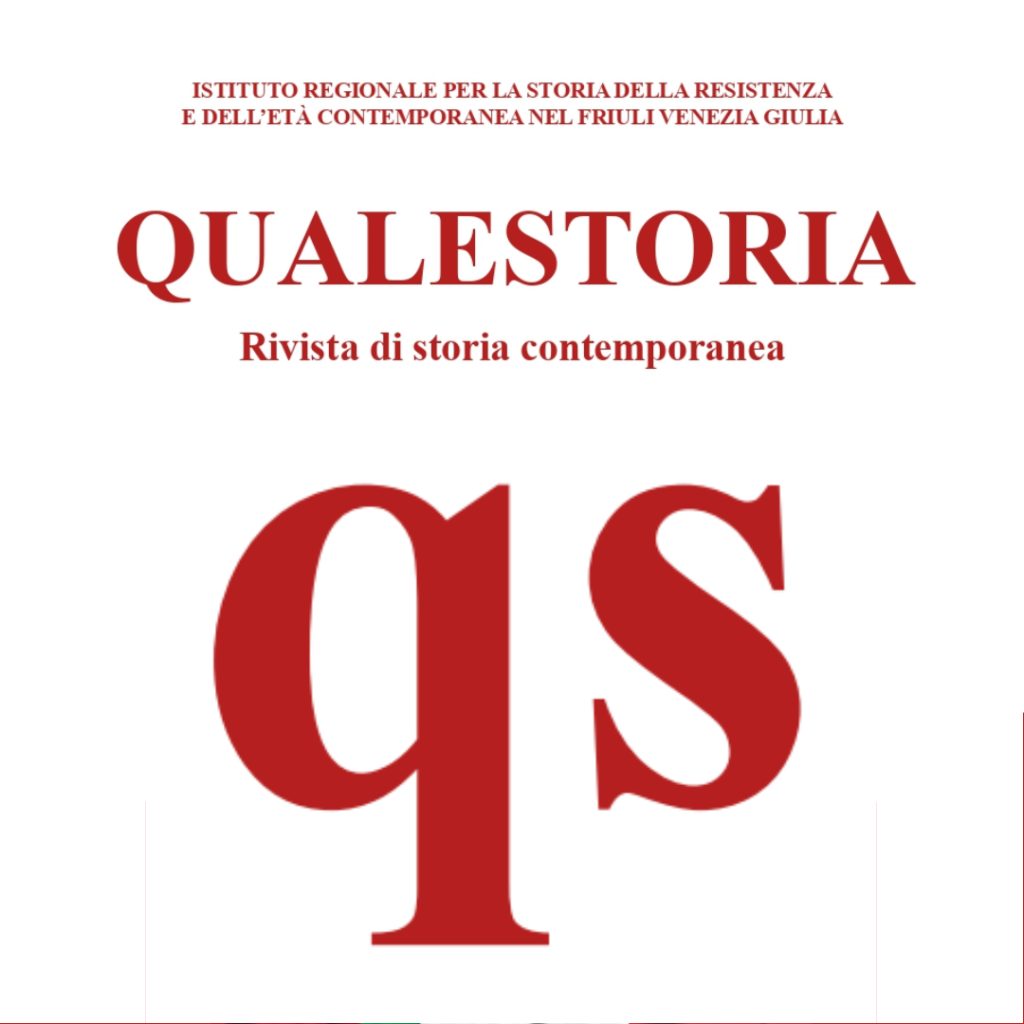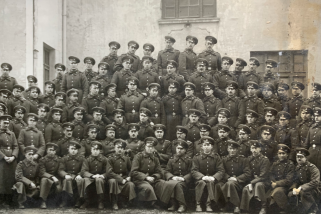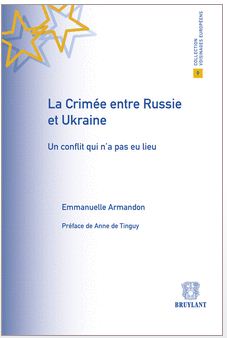 Bulwarks in a “Religious Triangle.” Borderland Myths in East European Multiconfessional Societies in the Age of Nationalism
Bulwarks in a “Religious Triangle.” Borderland Myths in East European Multiconfessional Societies in the Age of Nationalism
International Conference, University of Münster, Germany, 15-17 May 2014
On May 15-17, 2014, the University of Münster will host an international conference Bulwarks in a “Religious Triangle”: Borderland Myths in East European Multiconfessional Societies in the Age of Nationalism.
The concept of antemurale christianitatis (bulwark of Christianity) was born in the 15th century and reached its peak during the anti-Osmanic wars in the 16th and 17th centuries. East European frontier zones are typical regions of the spread of antemurale myths. One of it is situated along the southern, south-western and western borders of the late Russian Empire, encompassing the lands of the modern Ukraine and the Black Sea region which had been contested since the antiquity and contributed to the growth of the Byzantine, Ottoman, Habsburg, and Russian Empires as multi-ethnic and multi-confessional communities. There, the logic of antemurale worked on both sides.
Since the 19th century, the mythic narration on „bulwarks“ has undergone considerable changes, due to the rise of nationalism and the transformations of political borders. The antemurale myths experienced a revival: Old topoi of „chosen people“ and the civilization/barbarism divide have remained intact, but the anti-Islamic was replaced sharply by an anti-Russian rhetoric. Political myths of antemurale, due to its semantic flexibility, turned to be essential elements of local national ideologies.
The conference of the Cluster of Excellence (Project B2-4 “The Ukrainian Bastion” – the Bulwark of Europe and antemurale christianitatis. The Nationalisation of a Myth) and the Herder Institute aims at discovering the peculiarities of the antemurale rhetoric’s application upon various national ideologies and respective “mental mapping.” But it seems more important to ask how the antemurale myth contributed to the coherence of the given local community. Thus, one focus rests upon the longue durée processes in the national consciousness, from the end of the 18th century until the interwar period. A second one lies on a synchronic perspective, which allows tracing mutual transfers as well as multi-sided national ideological competitions and the intertwining of mythical narrations.













